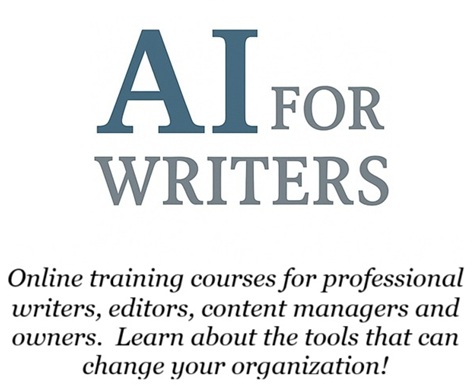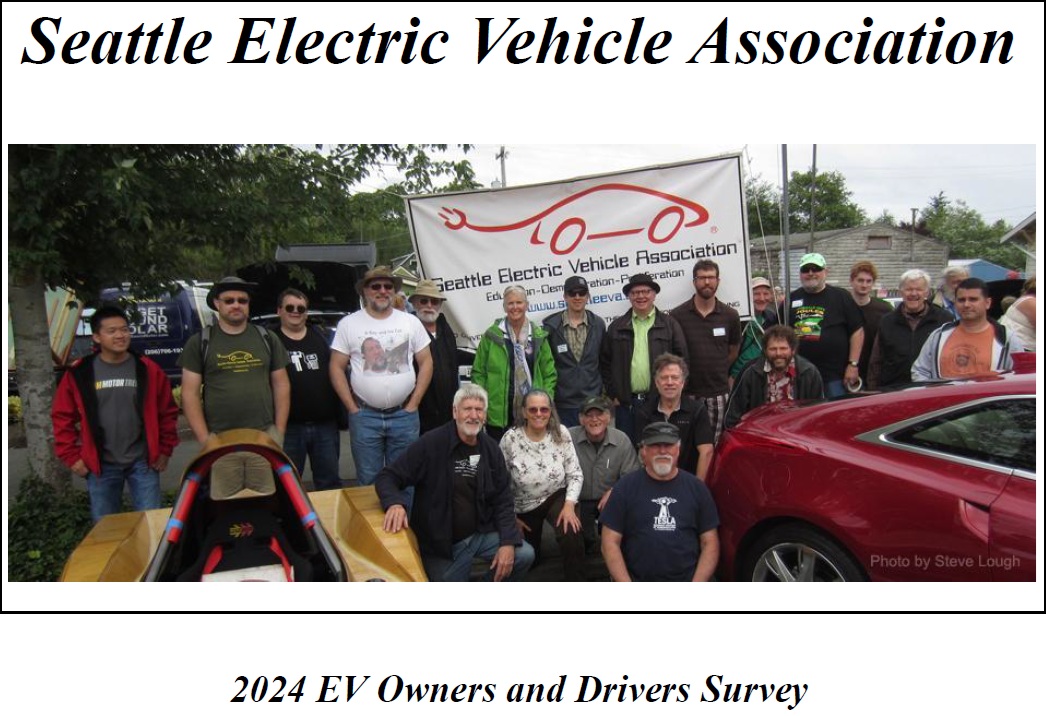What Is Generative AI?
Generative AI refers to a category of artificial intelligence systems designed to create brand-new content. That content can take the form of text, images, audio, video and even computer code, based on patterns inferred from vast amounts of training data. Unlike traditional AI, which might classify data (e.g., “Is this email spam?”), generative AI goes a step further: it produces new, coherent, and contextually relevant content in response to prompts you provide.
Generative AI:
Origins and Definition
The Generative AI concept emerged from a blend of different ingredients:
- breakthroughs in advanced computational tasks such as deep learning, neural networks and statistical language modeling
- the digitization of massive amounts of written information, images and sounds
- sophisticated Internet search abilities to find relevant information extremely quickly
- user-friendly designs that make AI generation fast, easy and inexpensive
While rule-based and predictive AI date back decades, generative AI reached prominence with models like GPT-3 in 2020. These systems learned how to combine and apply the above incredients to generate humanlike content when tasked to “build” sentences, images. audio/video and/or computer code from scratch.
Seemingly overnight, AI is now being used in countless applications to generate materials for both personal and professional use.
How Generative AI Works:
At A Glance
1. Training: A model ingests huge datasets, such as web pages, books, code repositories, pictures, music recordings and even previous chats, and learns patterns like language structure, image rendering, and music theory.
2. Encoding: Inputs (your prompt) are broken down into smaller units called tokens.
3. Generation: The model predicts the most likely next token repeatedly, chaining these to form coherent output.
4. Iteration: Refinements like temperature settings and beam-search tweak creativity versus precision.
What Makes Generative AI Unique
Generative AI has some surprising abilities. Rather than simply re-hashing or combining previous works, generative AI has the ability to create completely new materials, or work with existing knowledge in new ways. That gives AI an ability that would seem to be "creativity". This creativity in turn makes AI truly generative.
Individual AI apps, also known as "chatbots", can also be trained for extremely specific tasks. This gives these chatbots in-depth knowledge of Individual businesses, agencies, disciplines and industries. That's why we're seeing chatbots doing work in such widely diverse applications. This customization gives AI extreme versatility, from generating new poetry to reconstructing dead and endangered languages. It's even being used to analyze animal languages to help decipher the meanings of birdsong, whalesong, animal body language, etc.
Key Use Cases
• Text Creation: Blog posts, product descriptions, social-media captions.
• Image Synthesis: Text-to-image tools like DALL·E or Midjourney produce art and visuals.
• Audio & Music: AI systems can generate voice, soundtracks, or podcasts segments.
• Code Generation: Tools like GitHub Copilot help developers write or debug code.
• Data Augmentation: Synthetic data creation for training or analysis.
What About Legal, Ethical and Hallucination Issues?
Does generative AI have legal, ethical, and/or hallucination issues associated with its use? Absolutely. These issues have created problems and headaches for any individual or organization that blindly allows generative AI to "drive the bus" without human supervision. For a more complete review of these issues, check out the Legal and Ethical Issues with Generative AI page, where I'll describe a number of these issues, how they manifest, and how to minimize or avoid them.
Why Generative AI Matters
In summary then, generative AI has a tremendous ability to create new materials, but it also has some moderate to severe weaknesses. That means it cannot simply be "turned loose" to do a job from A to Z. It must be managed by, and supervised by, human beings.
That being said, it also enables almost anyone to do new things which, as recently has a few years ago, were available only to large studios or agencies. For that reason, It accelerates workflows, boosts productivity, and enables experimentation.
But let's be clear: AI cannot replace human involvement. Any project, from vibe coding to new music composition to new product marketing copy, still requires human oversight to maintain accuracy, tone, and relevance.
Generative AI is a tool, in every sense of that word. It can be used for every conceivable step of the creative process, from background research to brainstorming new approaches, to creation of new materials to reviewing existing materials to make them better. Learning how to use AI, and use it well, will help you apply AI with "creative precision", crafting exactly what you were hoping for. But these tools must also be used with an awareness of, and respect for, generative AI's risks, weaknesses and limitations. Only when human beings manage both the strengths and weaknesses of AI for any given project, will AI become optimized.
Want or Need to Learn More about AI Content Generation?
As many people are now figuring out, there is a lot more to AI than simply typing in a prompt and getting back perfect content. If you want an in-depth exploration of AI for content generation, check out my AI For Writers classes. These three classes, offering about 5 total hours' worth of instruction, will walk you through the process of using AI tools to accomplish a wide range of business, nonprofit, marketing, policymaking and advocacy writing projects. Written by a writer for writers, click here to learn more.
|
Shopping Cart |
|
Kathryn Kerby
freelance technical writer

Questions?
Projects?
Ideas?
Testimonials for my AI for Writers Class Series:
Kathryn is very knowledgeable about AI, and kindly answered a few of the questions I’ve had around legal issues in AI-generated content...I originally got in touch after seeing Kathryn’s excellent talk around the use of AI in copywriting projects. Many of her recommendations from that apply equally well to the use of AI in design. - Steve McInerny, Sharp Sharp
I really enjoyed yesterday's workshop with Kathryn Kerby. It was unbelievably comprehensive and packed a lot into an hour. Glenn Sturgess
You were able to create better results with a minimal prompt of less than 70 words and feeding in a URL. Clearly my prompts are outdated. This is a very good reminder to regularly review the effectiveness of old prompts. Anthony Lopez-Vito
My Clients Have Included:









